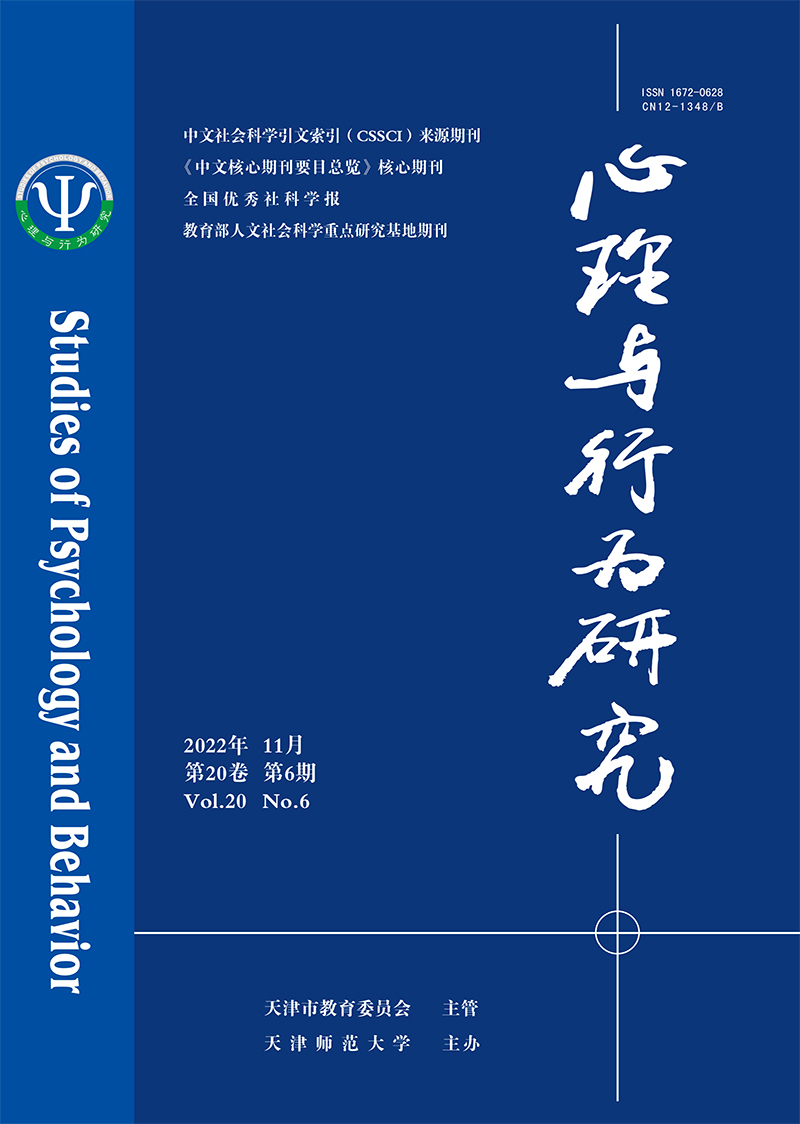To explore the controversial issue of inhibition and interference theories for the explanation of retrieval-induced forgetting, the current study used the classical retrieval practice paradigm to investigate the mechanisms of retrieval-induced forgetting from different perspectives through two experiments. Experiment 1 used a 2 (learning style: in-category learning, normal learning)×3 (item type: Rp+, Rp−, Nrp) two-factor mixed design, manipulating the degree of interference of the items by setting different learning styles. The results showed an increase in the amount of retrieval-induced forgetting effect in the category learning condition compared to normal learning. Experiment 2 used a one-factor, three-level design (Rp+, Rp−, Nrp), by using sample extraction to exclude cue-item associations. The results still revealed retrieval-induced forgetting. The findings of both experiments provide some support for the theory of inhibition of retrieval-induced forgetting.

